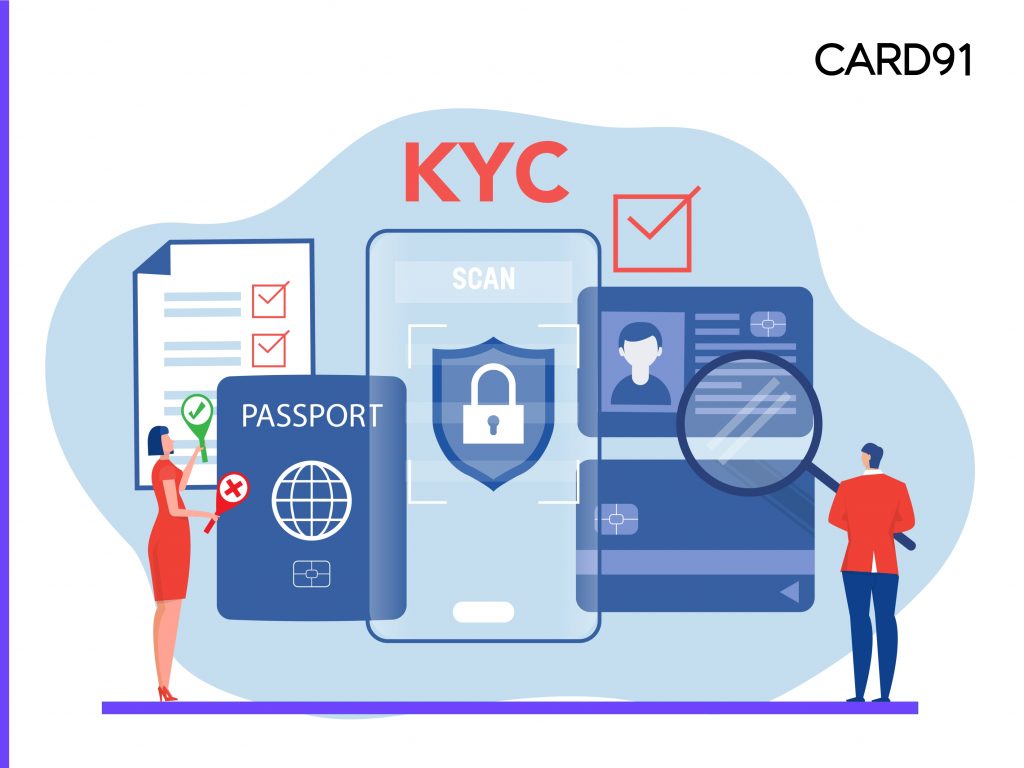How to drive seamless customer onboarding using a Partner for DigiLocker KYC

DigiLocker is a Ministry of Electronics and Information Technology (MeitY) flagship initiative launched as part of the Digital India Programme. DigiLocker is a secure document repository created for the use of Indian citizens and businesses to store and retrieve important identifying documents easily. It also assists in maintaining a secure digital record of the […]
What is PPI? How can a business benefit from PPI?

PPI stands for Prepaid Payment Instrument, PPI is a method that facilitates the purchase of goods and services against the value stored on such instruments. The value stored on such instruments represents the value paid for the holder, by cash, by debit to a bank account, or by credit card. The prepaid instruments can […]



